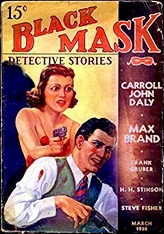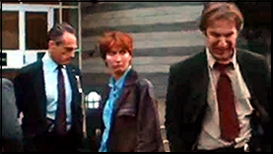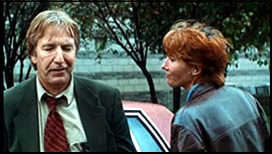Sun 28 Apr 2019
SF Stories I’m Reading: FREDERIK POHL “Waiting for the Olympians.”
Posted by Steve under Science Fiction & Fantasy , Stories I'm Reading[2] Comments
DONALD WOLLHEIM, Editor, with Arthur W. Saha – The 1989 Annual World’s Best SF. Daw #783, paperback original; 1st printing, June 1989. Cover art by Jim Burns.
#8. FREDERIK POHL “Waiting for the Olympians.” Novella. First published in Asimov’s SF, August 1988. Reprnted in What Might Have Been? Volume 1: Alternate Empires, edited by Gregory Benford & Martin H. Greenberg (Bantam, paperback, August 1988) and The Mammoth Book of Alternate Histories, edited by Ian Watson & Ian Whates (Perseus, softcover, April 2010). First collected in Platinum Pohl: The Collected Best Stories (Tor, hardcover, December 2005).
In terms of his influence on the field, Frederik Pohl had a career in science fiction as long as almost anyone, one that lasted well over 70 years, first as a fan, then as an award-winning editor many times over, an agent, and yes, as a writer. He often had a wicked, satirical view of the world in much of what he wrote, and if you were to call that a subgenre of SF in and of itself, “Waiting for the Olympians,” would fit right into it.
It’s told from the point of view of a hack SF writer named Julius — his friends call him Julie — and his latest work, for which he cannot repay the advance, is rejected because it makes fun of the Olympians, a collection of alien races sending representatives to Earth to invite the planet’s inhabitants to join their ranks.
That something feels off about the early part of the story is made a whole clearer when Julie sits down to write a replacement novel with stylus and blank tablets. Tablets that stay blank because his head has run completely day of new ideas.
His friend Sam (Flavius Samuelus) suggests that he write an “what if” story based on the premise that the Olympians are not coming, but Julie, hack writer that he is, simply can’t get his head around the idea at all. Then the unthinkable happens. Transmissions from Olympians suddenly stop completely, indicating that they have changed their minds and are really not coming. Why on Earth why?
This is a very cleverly constructed story, with a lot going on between the lines, including the ending itself, which answers the question above, if only the Julie and Sam could figure it out, which they can’t, a devastating indictment of their world on both counts. An excellent story.
—
Previously from the Wollheim anthology: TANITH LEE “A Madonna of the Machine.”




